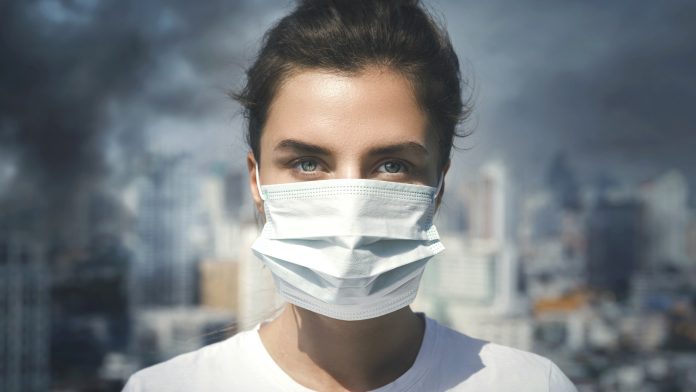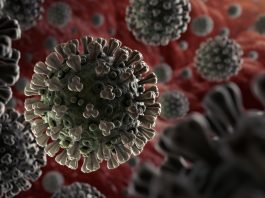A recent study reveals that, on average, air pollution has decreased by 64% in Spanish cities, following measures implemented to reduce the spread of COVID-19.
While analysing satellite images from the ESA’s innovative Sentinel-5P mission of the Copernicus programme, scientist have discovered that the concentration of nitrogen dioxide has decreased by 64% in Spain’s largest cities. These results follow the measures implemented to reduce the spread of COVID-19.
As one of the leading causes of air pollution, scientists studied the levels of nitrogen dioxide and found that they decreased the most in Barcelona (83%), Madrid (73%), and Valencia (64%).
A team of researchers from Valencia’s Polytechnic University (UPV) compared the Sentinel-5P data from two timeframes: from 10 March to 14 March and from 15 March to 20 March. From this data, they generated a series of maps that show the concentrations of nitrogen dioxide in some of the main cities in Spain.
Further statistics
Of the regions studied by UPV, the largest reduction in air pollution was found in Barcelona (83%), however, researchers discovered significant changes in regions such as:
- Castellón (76%)
- Madrid (73%)
- Alicante (68%)
- Bilbao (66%)
- Gijón (65%)
- Valencia (64%)
- Málaga (55%)
- Zaragoza (52%)
- Seville (36%)
What do the experts say?
Elena Sánchez-García, researcher from UPV, highlighted that nitrogen dioxide is a significant indicator of air quality. “High concentrations of this gas can affect the respiratory system and worsen certain pathologies. Furthermore, this gas is linked to the formation of acid rain.
“As has been verified in the case of Wuhan (China) or northern Italy, our study confirms that the measures of confinement and economic activity decrease have translated into a clear fall in atmospheric pollution nationwide,” commented Sánchez-García.
Continued reduction in air pollution could minimise the number of people developing respiratory diseases, heart conditions and some cancers.









